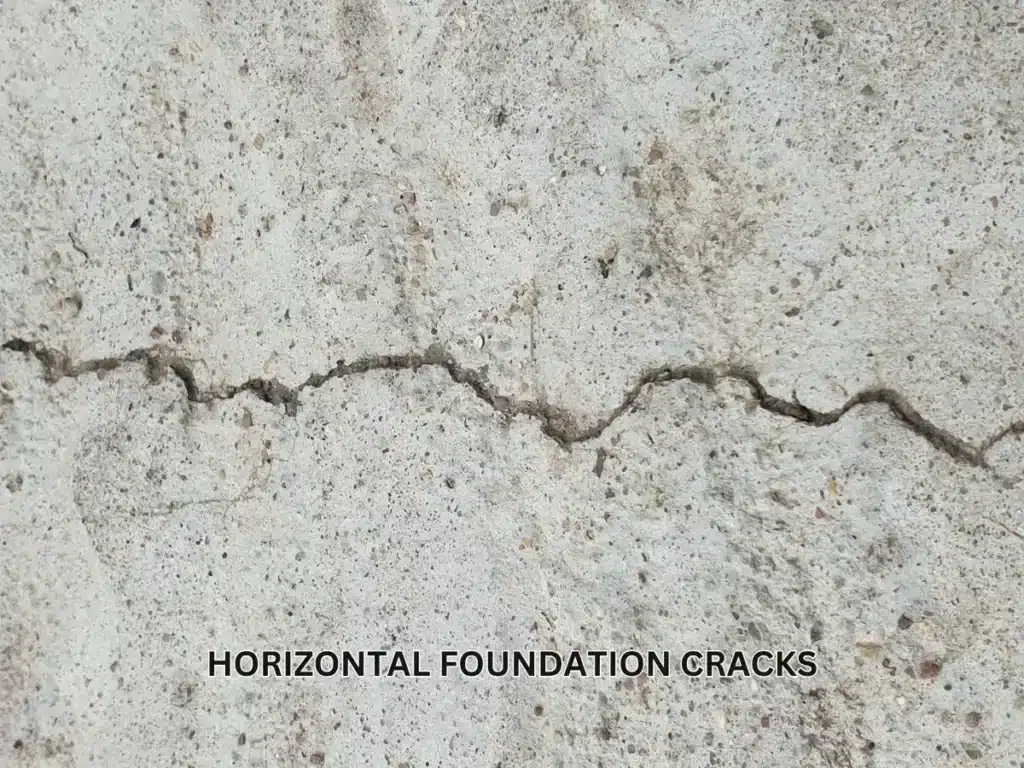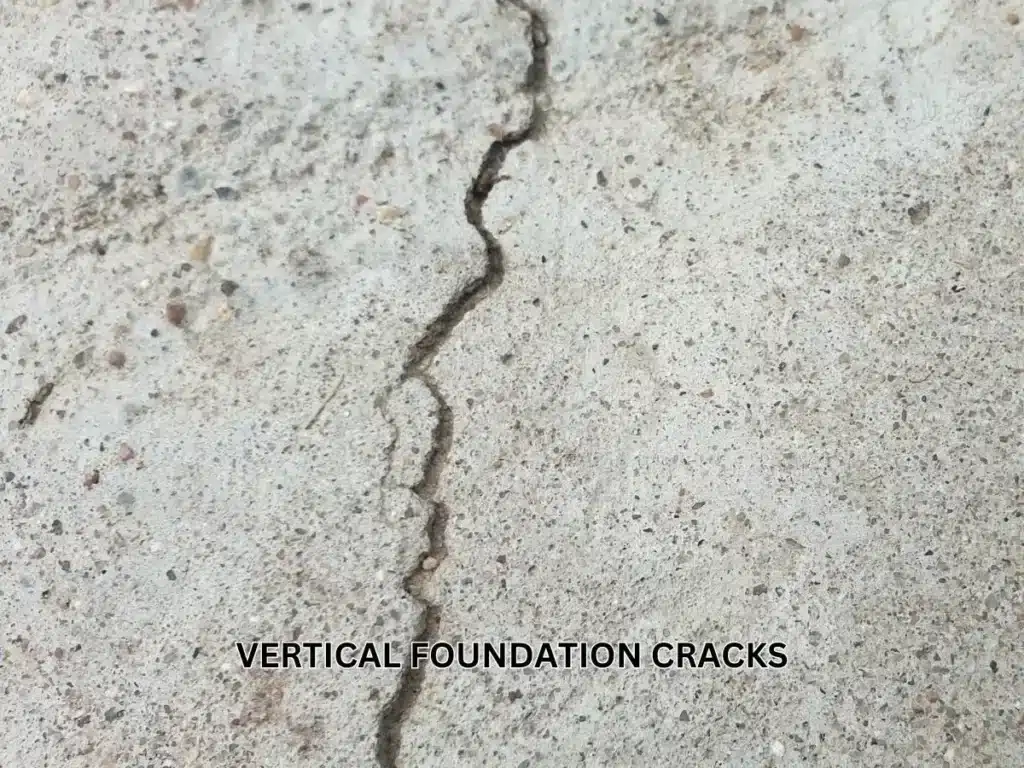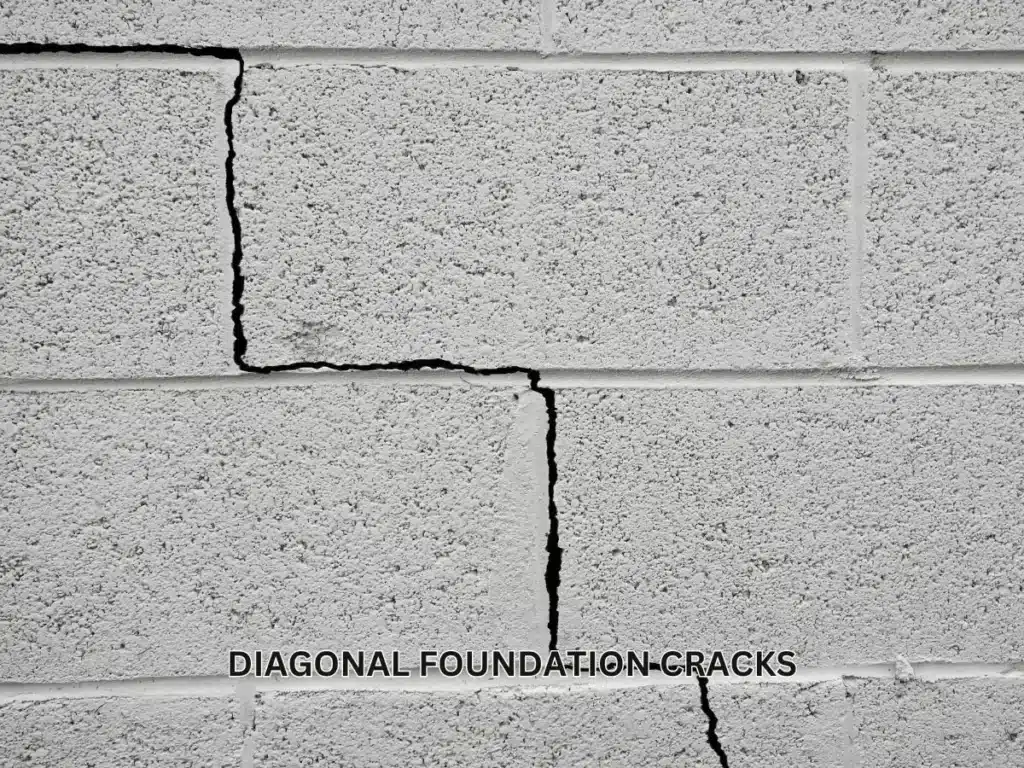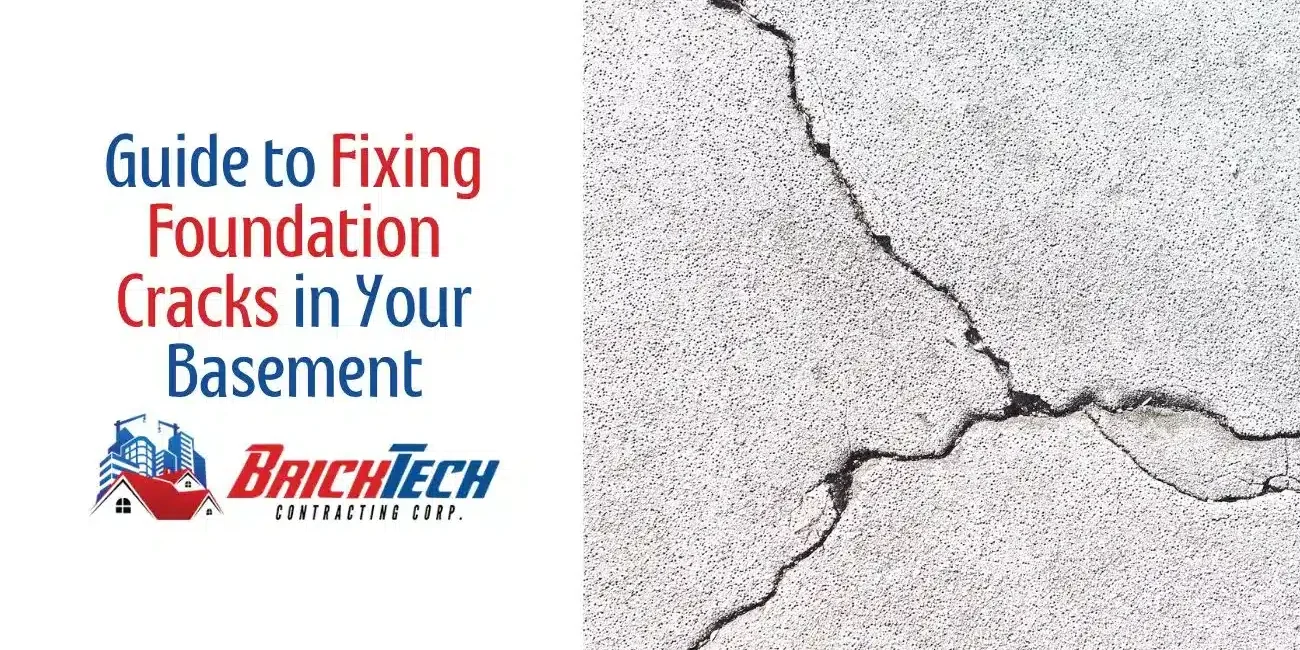Your home is more than just a building—it’s a sanctuary, a place where you feel safe and secure. At its core, the foundation is what ensures that safety, providing stability for everything above it. However, when cracks appear, they can compromise the strength of your home’s base, leading to potential risks. Understanding how to fix foundation cracks is crucial to maintaining the structural integrity of your home.
In this blog post, we’ll explore the essentials of foundation crack repair. We’ll cover what causes these cracks, how to determine their severity, and offer a practical guide on addressing minor issues yourself. Additionally, we’ll highlight when it’s necessary to call in the professionals. By the end of this post, you’ll have the knowledge to keep your home’s foundation solid and secure.
Understanding Foundation Cracks
Foundation cracks come in various shapes and sizes, each with its own set of causes. Horizontal cracks, for instance, are often the result of pressure from the soil outside, pushing against the foundation walls. Vertical cracks, on the other hand, typically arise from the natural settling of your home over time. Diagonal cracks may indicate uneven settling or other structural shifts.
The potential risks associated with these cracks can vary. Small, hairline cracks might seem harmless, but if left untreated, they can expand and lead to water infiltration or structural damage. Larger cracks can compromise the foundation’s integrity, posing significant safety hazards. Recognizing the type and cause of the crack is the first step in determining the appropriate repair method.
Understanding Foundation Cracks in Depth
Foundation cracks can be complex, and understanding their specific causes is essential for effective repair and prevention. Here’s a more detailed breakdown of common crack types and their contributing factors:
Horizontal Cracks
These cracks run parallel to the foundation wall.

Common Causes:
- Hydrostatic pressure: Excessive groundwater can exert outward pressure on foundation walls, causing them to bulge and crack.
- Soil expansion: Clay soils can expand when wet, putting pressure on the foundation.
- Uneven soil settlement: If the soil on one side of the foundation settles more than the other, horizontal stress can cause cracks.
Vertical Cracks
These cracks run from the top to the bottom of the foundation wall.

Common Causes:
- Foundation settlement: As a house ages, the foundation may settle unevenly, leading to vertical cracks.
- Shrinkage: Concrete shrinks as it dries, which can cause vertical cracks if not properly reinforced.
- Differential settlement: Uneven settling of the foundation due to varying soil conditions.
Diagonal Cracks
These cracks run diagonally across the foundation wall.

Common Causes:
- Structural movement: Shifts in the building’s structure, often due to foundation issues, can cause diagonal cracks.
- Soil erosion: Erosion of soil around the foundation can lead to instability and diagonal cracking.
- Tree root intrusion: Large tree roots can exert pressure on the foundation, causing cracks.
Additional Factors Affecting Foundation Cracks
- Soil type: Clay soil is particularly problematic due to its tendency to expand and contract with moisture changes. Sandy or rocky soils are generally more stable.
- Hydrostatic pressure: The amount of groundwater around the foundation can significantly impact crack formation. Proper drainage is crucial.
- Structural loads: Uneven weight distribution within the house, such as from additions or heavy furniture, can exacerbate foundation stress.
Understanding the different types of foundation cracks and their implications can help you assess the urgency of repairs. By addressing cracks promptly, you can prevent further damage and ensure your home remains safe and stable.
DIY vs Professional Repair
For minor foundation cracks, DIY repair can be an effective and cost-saving approach. With the right tools and materials, you can tackle small cracks yourself and maintain your home’s integrity. However, it’s crucial to assess the crack’s size and nature before deciding to go the DIY route.
DIY repair is suitable for small, non-structural cracks that are less than 1/8 inch wide. These can often be repaired using simple sealants or epoxy injections. On the other hand, if you notice large, expanding, or stair-step cracks, it’s time to seek professional help. These may indicate serious structural issues that require expert intervention.
Professional repair services can assess the severity of foundation cracks and provide comprehensive solutions. They have the expertise and specialized equipment to tackle complex repairs, ensuring your home’s foundation remains strong and secure.
Step-by-Step Guide for DIY Fix Foundation Cracks Repair
For those handy homeowners ready to take on minor foundation cracks, here’s a detailed guide to get you started. First, gather the necessary tools and materials. You’ll need a wire brush, chisel, hammer, vacuum cleaner, protective gloves, safety goggles, epoxy or polyurethane sealant, and a caulking gun.
Begin by identifying the crack you wish to repair. Clean the area thoroughly using a wire brush to remove any loose debris or dirt. Use a chisel and hammer to widen the crack slightly, creating a V-shape to allow the sealant to penetrate deeply. Vacuum the area to ensure it’s free of dust and particles.
Next, apply the sealant using a caulking gun. Start at the top of the crack and work your way down, ensuring the sealant fills the entire gap. Smooth the surface with a putty knife or your finger, following the manufacturer’s instructions. Allow the sealant to cure for the recommended time before inspecting your handiwork.
Long-Term Prevention Strategies
Once you’ve addressed existing foundation cracks, it’s essential to implement long-term prevention strategies. Regular maintenance is key to preventing future cracks and ensuring your home’s foundation remains stable and secure.
Begin by inspecting your foundation annually. Look for new cracks or changes in existing ones. Early detection allows for proactive intervention, reducing the risk of significant damage. Additionally, ensure your home’s drainage system is functioning correctly to prevent water accumulation around the foundation.
Consider landscaping improvements as well. Properly graded soil directs water away from your home’s foundation, reducing hydrostatic pressure. Install gutters and downspouts to channel rainwater away efficiently. With these strategies, you can safeguard your home against future foundation issues.
Conclusion
In conclusion, understanding how to fix a cracked foundation is vital for every homeowner. By identifying the type and cause of foundation cracks, you can take appropriate action to repair and prevent further damage. Whether you choose to tackle minor cracks yourself or call in the professionals, keeping your foundation in top condition is crucial for a safe and stable home.
Don’t let foundation cracks compromise your home’s structural integrity. If you’re unsure about the severity of a crack or need expert assistance, schedule a professional inspection without delay. Early detection and repair can save you significant costs and headaches down the line. For homeowners confident in their DIY skills, our step-by-step guide provides a solid foundation for tackling minor cracks.
Ready to protect your home? Contact Brick Tech Contracting Corp for a free foundation inspection. Our experienced team can assess the situation, provide expert advice, and offer effective solutions. Don’t wait until it’s too late.
Have questions about foundation cracks? Share your thoughts and experiences in the social media comments!








